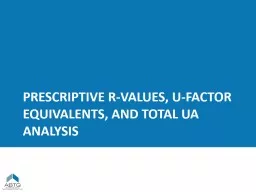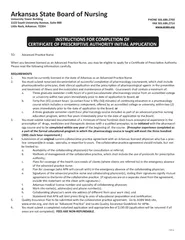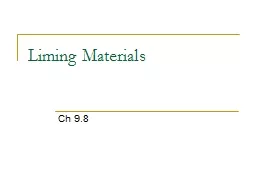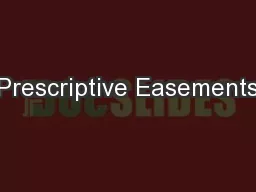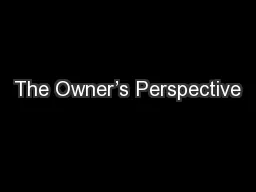PPT-Prescriptive R-values, U-factor equivalents, and total ua a
Author : ellena-manuel | Published Date : 2016-04-07
US Climate Zones US Climate Zone Map PNLDOE interactive map Prescriptive Wall Rvalues Homes 2015 IECC same as 2012 IECC Prescriptive Wall Rvalues Commercial
Presentation Embed Code
Download Presentation
Download Presentation The PPT/PDF document "Prescriptive R-values, U-factor equivale..." is the property of its rightful owner. Permission is granted to download and print the materials on this website for personal, non-commercial use only, and to display it on your personal computer provided you do not modify the materials and that you retain all copyright notices contained in the materials. By downloading content from our website, you accept the terms of this agreement.
Prescriptive R-values, U-factor equivalents, and total ua a: Transcript
Download Rules Of Document
"Prescriptive R-values, U-factor equivalents, and total ua a"The content belongs to its owner. You may download and print it for personal use, without modification, and keep all copyright notices. By downloading, you agree to these terms.
Related Documents

